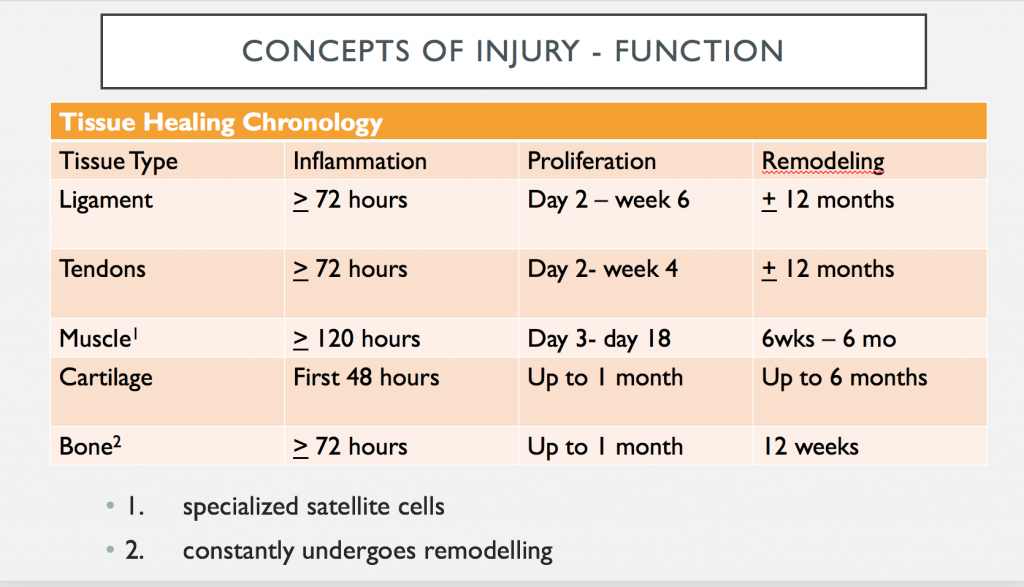Random Training Tips from 36,000 feet
I’m on a plane heading to Toronto for the week where Lindsay’s planning to do the “In My Feelings” dance challenge on the 401 national track cycling championships, and since I’m on a plane with spotty wifi that won’t let me watch a movie, I figured I’d write up a blog post on some training tips that might help make your day a little shinier and spicier.

#1: Speak in a Language Others Can Understand
This may sound obvious, as if any language I might be speaking would be other than english, but on a deeper level, clients each respond to different words and concepts. For instance, my 20 year old female clients would respond really well to me saying “Squeeze your glutes,” whereas my 75 year old female client might respond better to “you should feel this in your seat.”
It may also come down to the analogies I use to explain something to a client. A mechanic analogy would fall flat on someone who had never even opened the hood of their car, let alone pulled apart a carburetor. A video game nerd might respond really well to this:
… but that would be lost on anyone born after 2000 or who had never played a video game.
This was never more apparent than a few weeks ago when I was teaching Even More Complete Shoulder & Hip Blueprint in Houston with Tony Gentilcore (more dates coming up! Check the link for details), and made a movie reference to Ace Ventura.
A deadlift is a hip hinge, a hip hinge is a deadlift. Finkel is Einhorn, Einhorn is Finkel.
Anyone in their 30s or 40s chuckled, and one guy who was born in 1999 stared stone-faced, and said I don’t understand that. Since he was born after the movie had already gone to VHS, he had no idea what I was talking about.
Now if I had said something about Fortnight, he’d probably be all over that, but the 30 and 40 year olds would be lost.
#2: Sub-max training for volume is better than max training for most people
I know this will likely give a few powerlifters a heart rate similar to being asked to do 20 minutes of cardio, but in general for the majority of the population, leaving a few reps in the tank at the end of most sets is a better option than going right to failure.

For most people, training density is a bigger benefit than training intensity, plus they will have an easier time recovering from a sub-max session than a full max session. This will make them more likely to have success in wanting to train again tomorrow or soon thereafter, while still giving them a stimulatory effect to produce some benefit.
For example, instead of doing build up sets on something like a barbell squat and then doing one top set of 3 to max or even a heavy single, you could do 6-8 sets of 3 with 1 to 2 reps in reserve, a concept I took from Renaissance Periodization as well as Eric Helms from 3D Muscle Journey.
This means you complete 3 reps, but use a weight you could feel comfortable using to complete 4-5 reps. The training density of the work is a bit higher, even if the neural excitation isn’t as high, and can stimulate increases in strength, hypertrophy, and still not smash the person out from the training stress. They can dip into more max levels as their training progresses and as their goals dictate, but something like this (building volume with loading) can be very beneficial to a large cross section of the population.
#3:Tissues Heal and Regenerate at Different Rates
Let’s say you have an absolute crusher of a workout and have some incredibly spicy delayed onset muscle soreness for a couple of days following. You smashed your legs on a Monday (international bench press day be damned) and you can finally walk normally again by Thursday. Ready to punch the squat clock again?
Muscles can recover really quickly from training stressors, primarily due to a few key factors:
- High vascularity to drive nutrients into tissue and remove waste products effectively
- specialized cells (myoblasts, myoclasts, and satellite cells) that help remodel damaged tissues and regenerate new proteiny goodness
- more neural involvement that senses stretch, pH, and metabolic effects and increases inflammatory cascades in the area to heal faster.
Other tissues like ligaments, tendons and fascia don’t have these specific benefits, either at all or in a considerably smaller amount depending on the tissue, so their healing and recovery rates are all very different.
A muscle tear that is not completely avulsed can usually heal in 6-12 weeks, whereas a ligamental or tendinous tear might need up to a year to recover. Tendinitis can be a very long healing time even in healthy individuals who are minimally irritating the affected area.
During intense training, these tissues can get just as beat up as muscle tissue, but ligaments and tendons don’t directly have the same level of sensory innervation as muscle, so they won’t feel as sore or tender as some creamy quads roasted over a Bulgarian split squat series. That being said, the micro-damage they endure will take some time to recover, which is why a lot of elite training programs involve deload cycles to help reduce the muscle stress on tendons and ligaments for a short period and allow them to play “catch up” to the muscle adaptations.
If you’re pushing intense training, a deload week every 4th or 6th week can be massively beneficial. If you’re just hitting the gym 3 times a week and can skip on out of there without feeling like you had flagellated yourself with the knurling of a barbell all over your build, you probably don’t need to deload from anything as your 4 off days a week are more than sufficient to recover.

If you like this kind of post, feel free to share it and let me know so I can start doing more of them when I can. Enjoy!